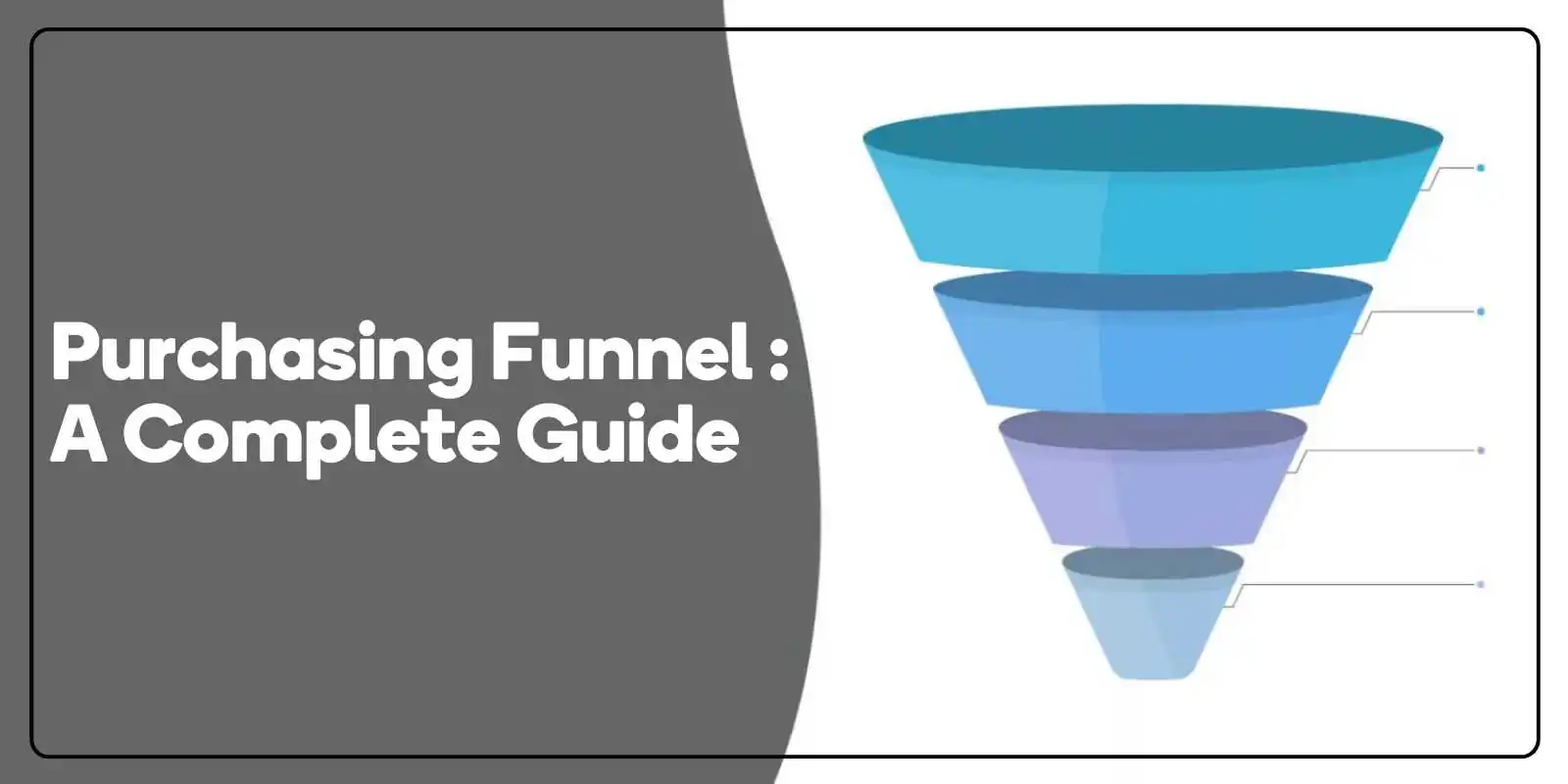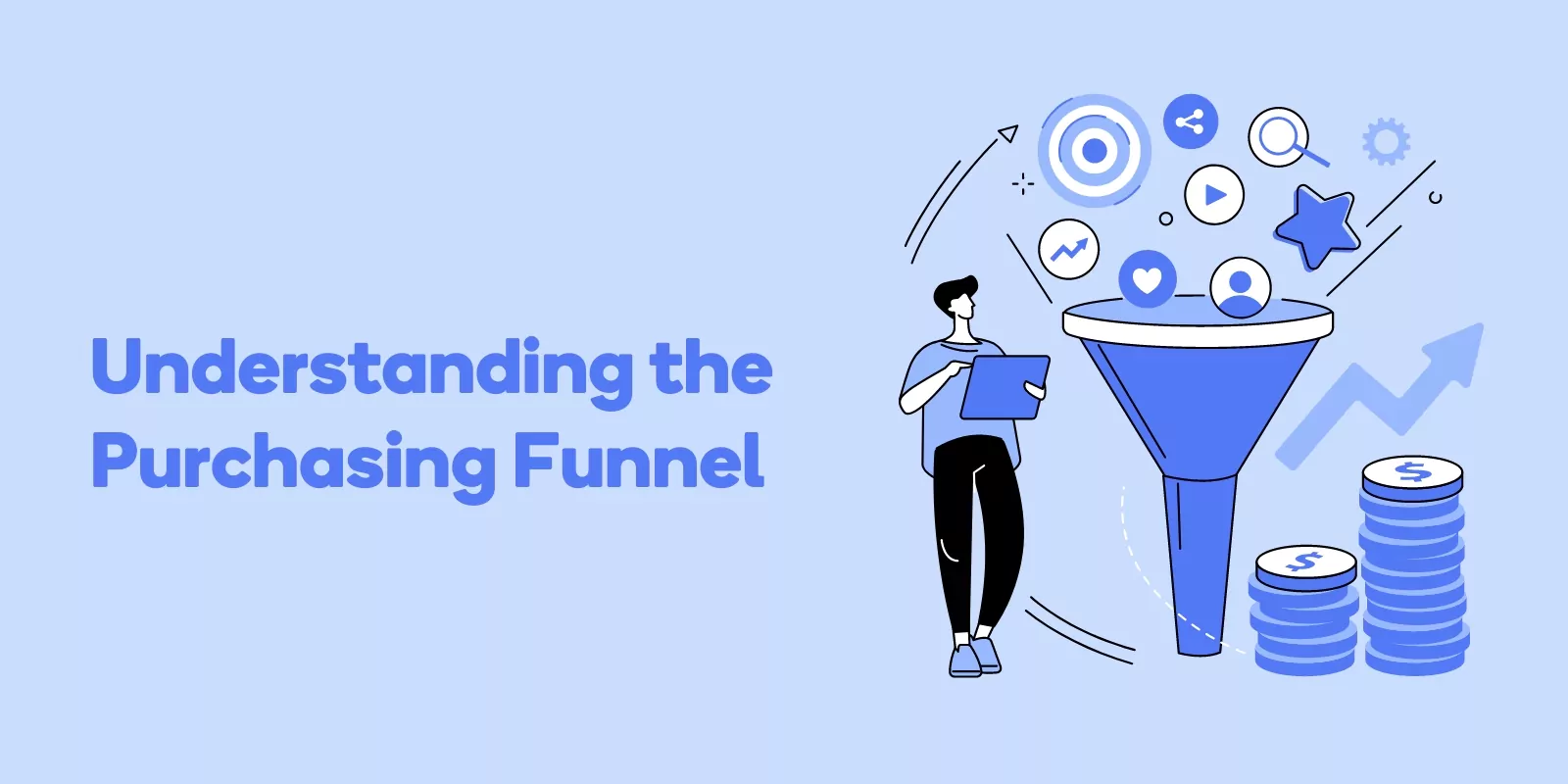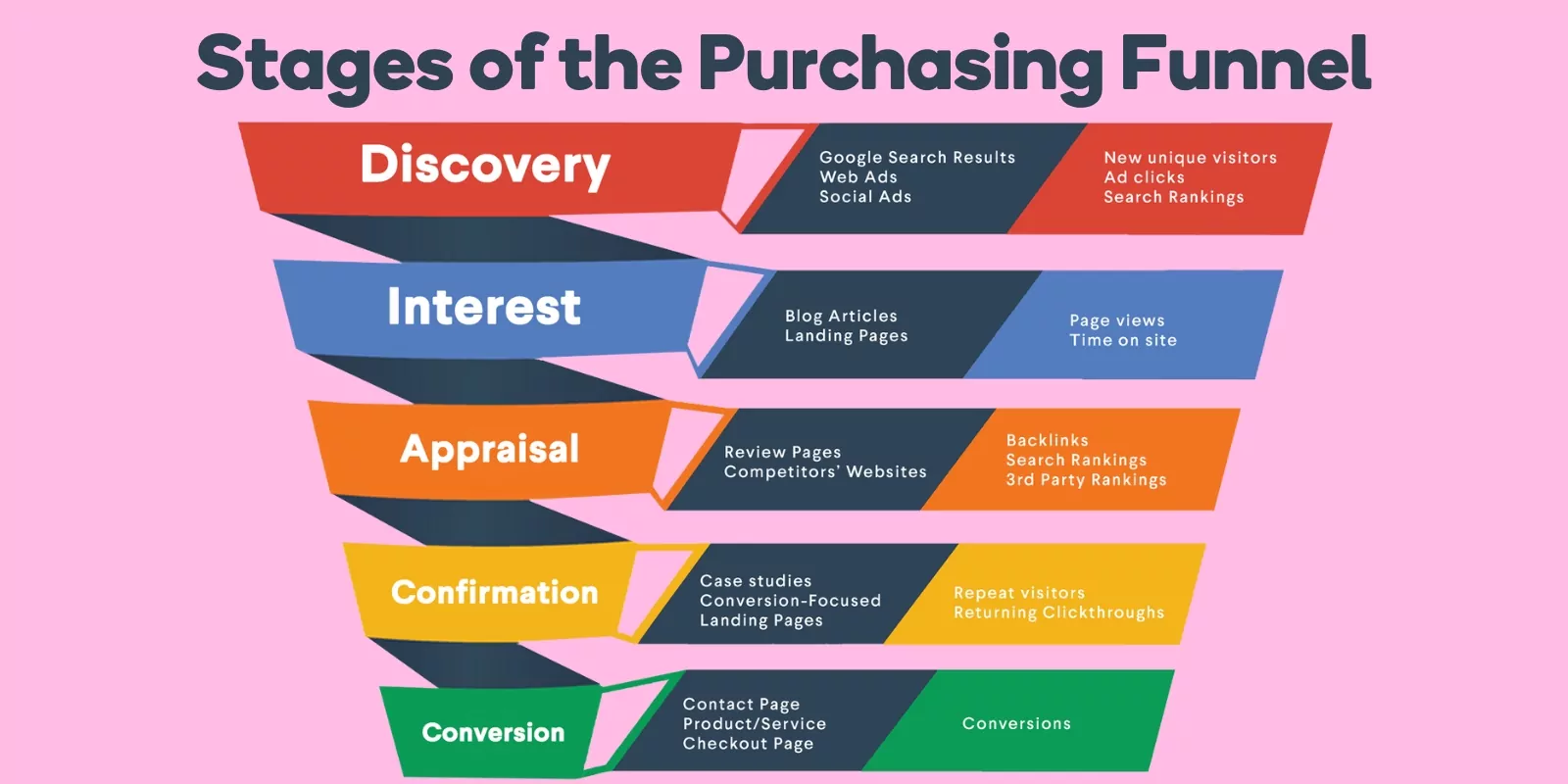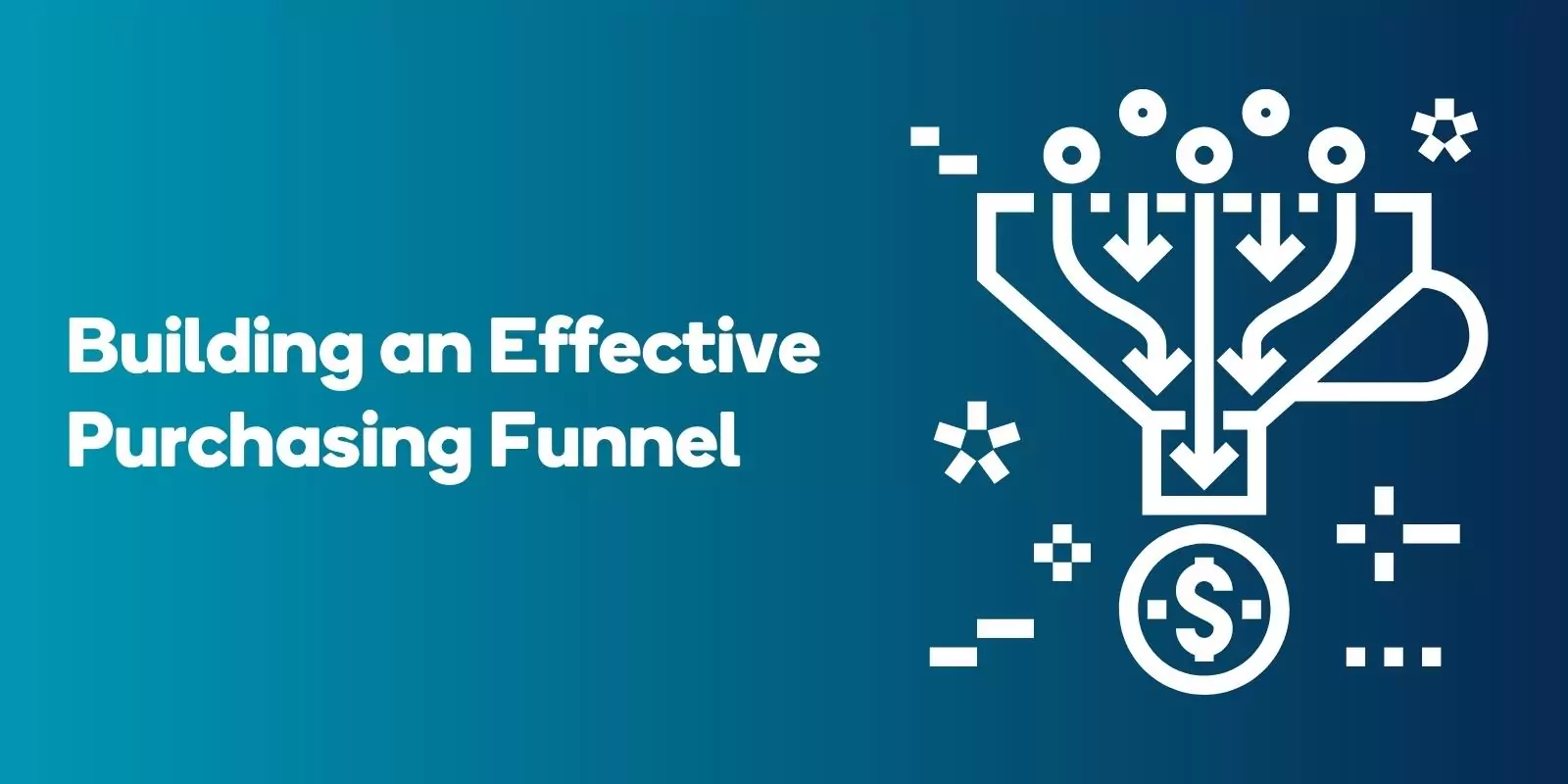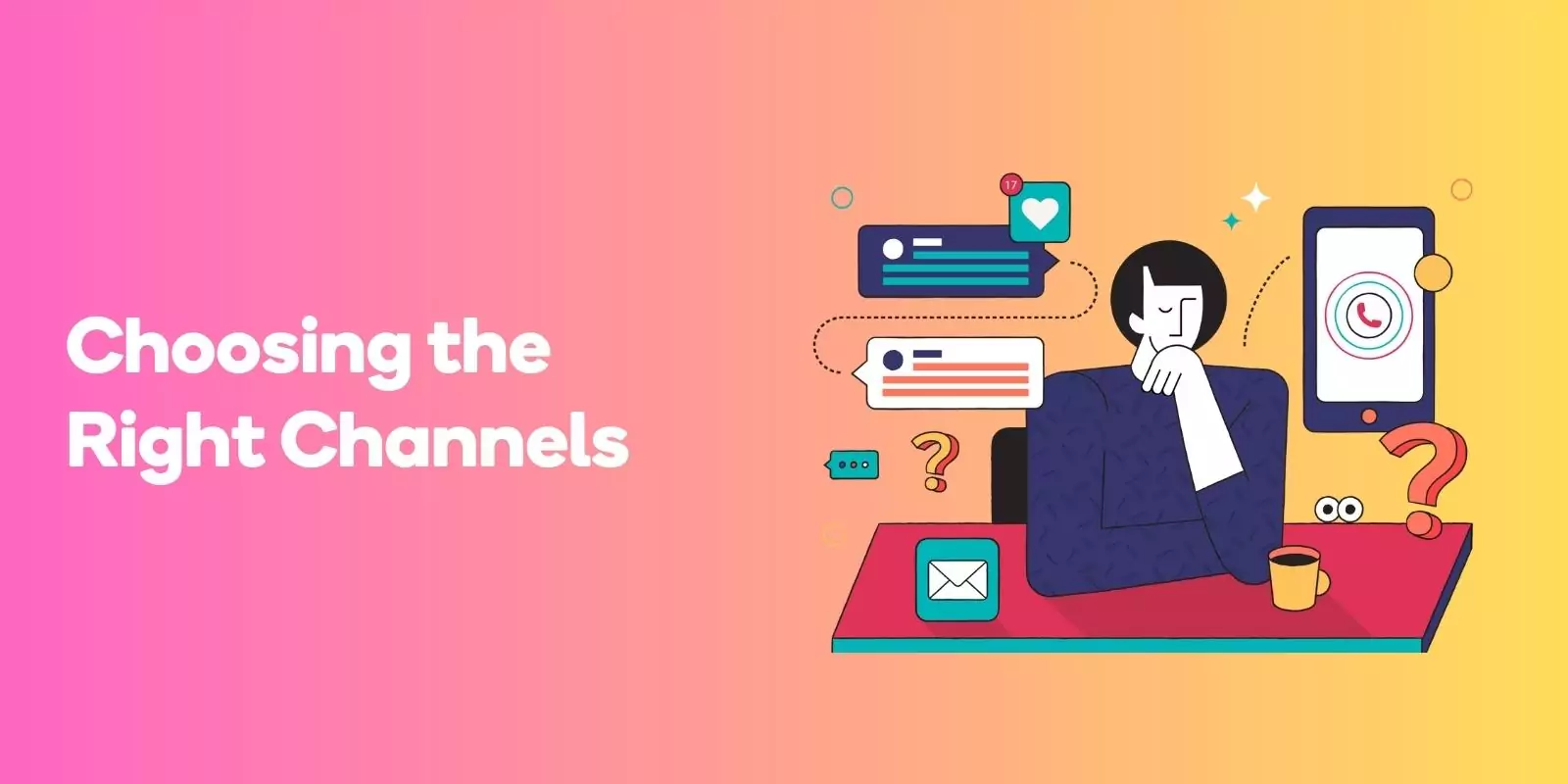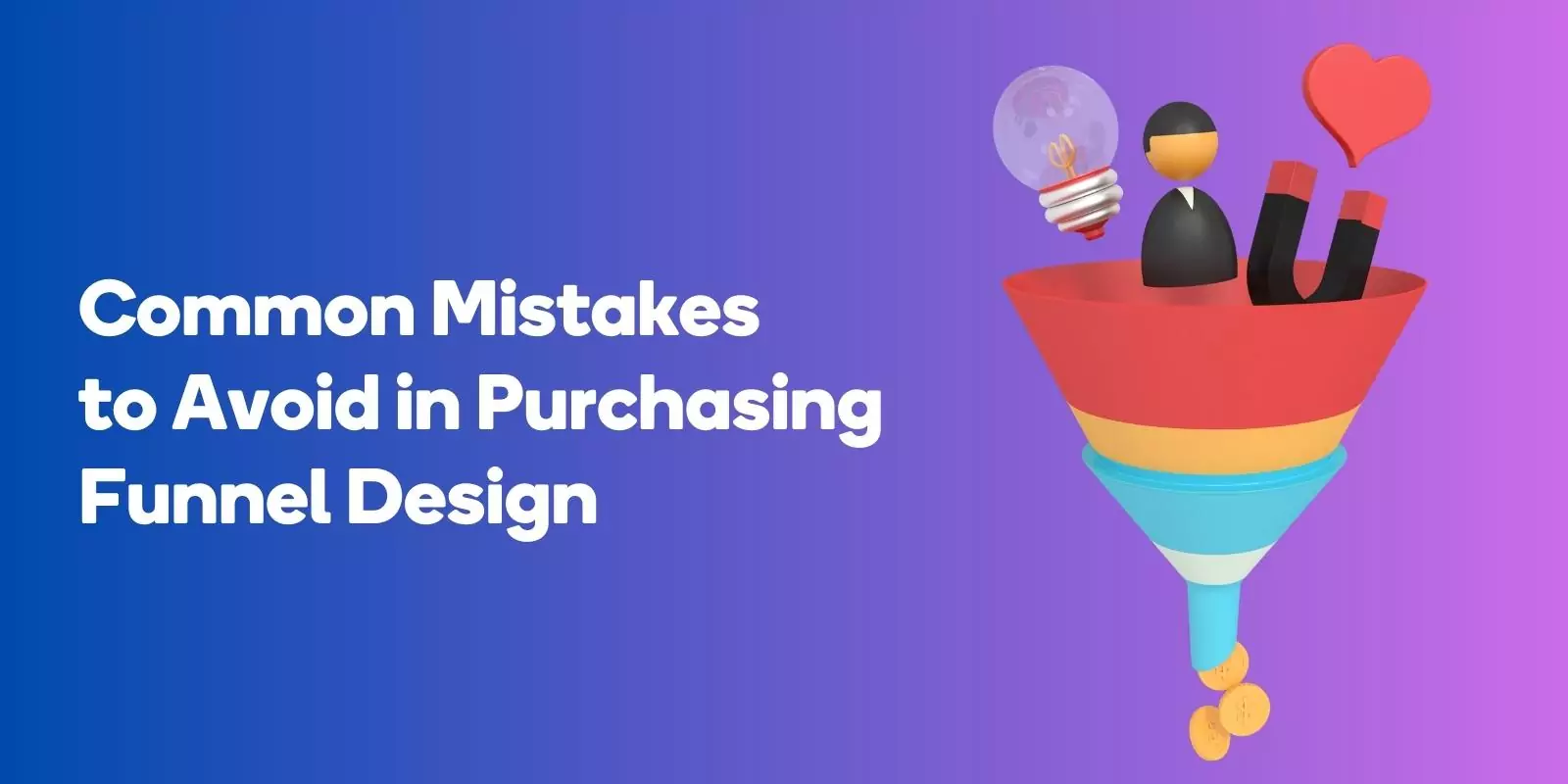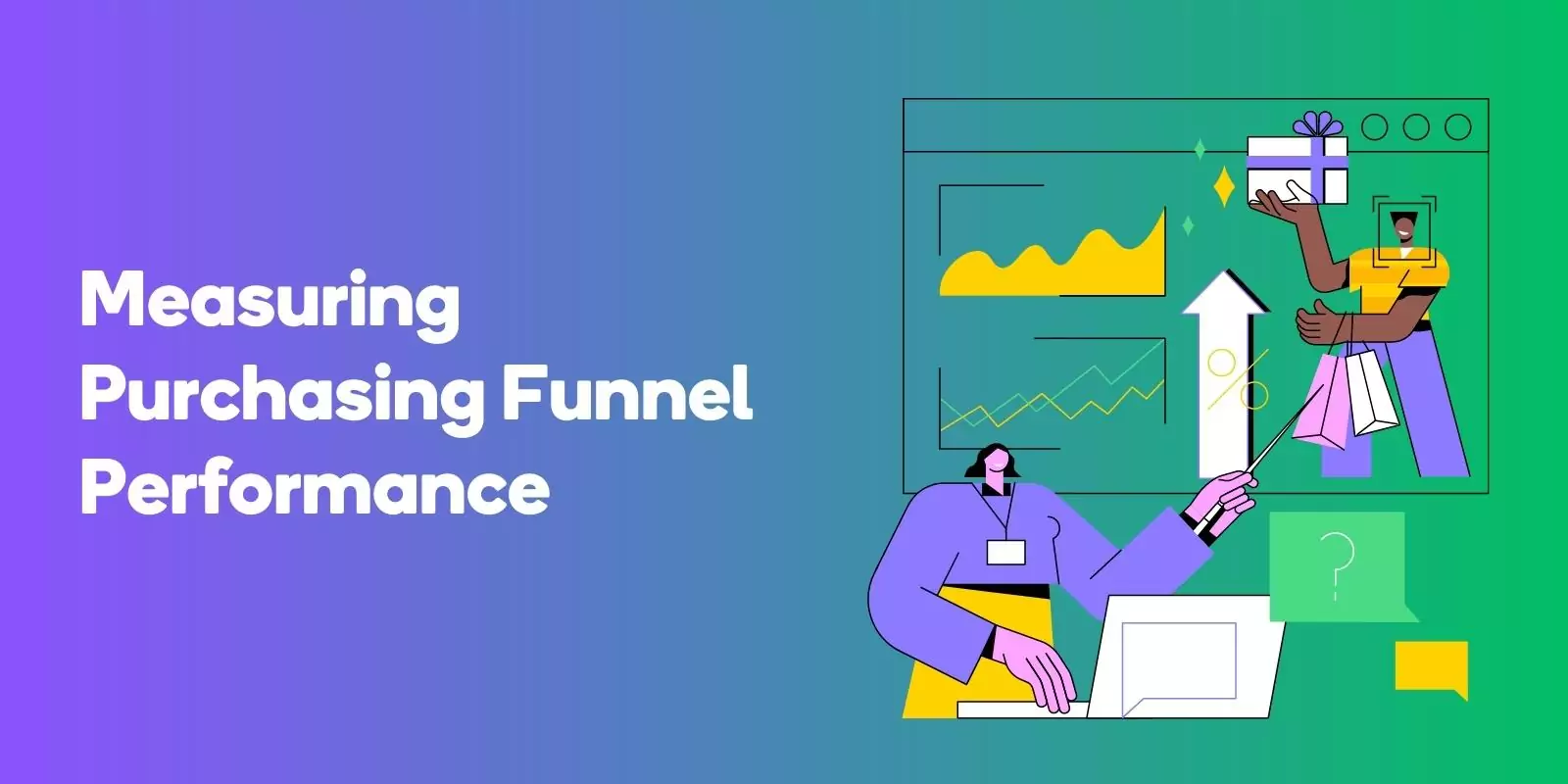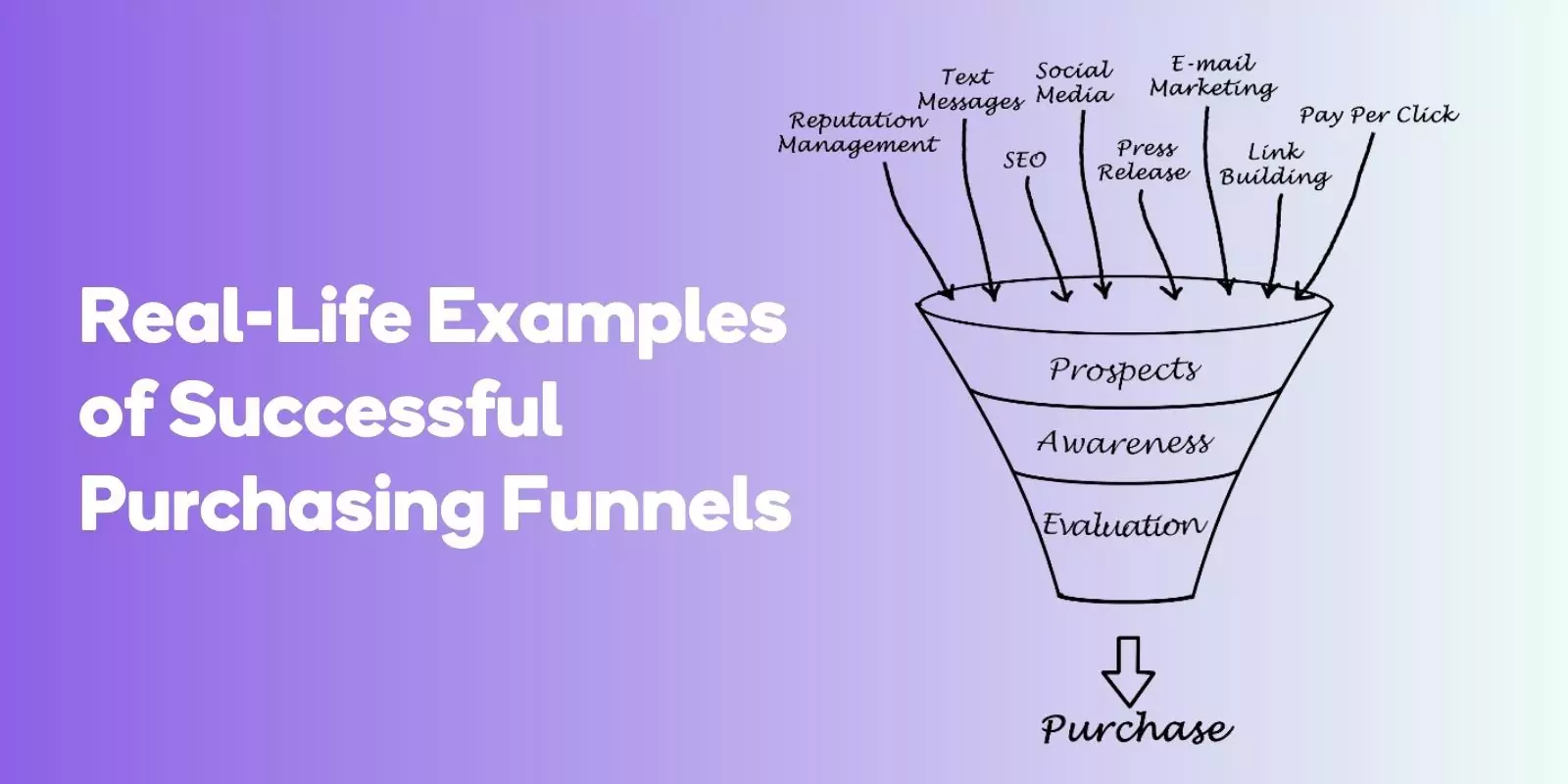This marketing blueprint equips businesses to craft bespoke strategies, fine-tune marketing initiatives, and ultimately accelerate sales.
Join us as we traverse the landscape of purchasing funnels, delve into their multifaceted stages, and acquire the know-how to construct a successful one tailored for your enterprise.
Understanding the Purchasing Funnel
In the world of marketing, the purchasing funnel, also known as the sales funnel or marketing funnel, is a model that illustrates the journey a customer takes before making a purchase.
This concept is essential for businesses to understand as it provides a framework for constructing marketing strategies that effectively guide potential customers through their buying journey.
By understanding the purchasing funnel, businesses can optimize their marketing efforts and ultimately convert more potential customers into loyal ones.
What is a Purchasing Funnel?
A purchasing or marketing sales funnel, sometimes referred to as a buyer funnel or customer funnel, is a model that depicts the stages a customer goes through before making a purchase.
The aim of this model is to provide a streamlined structure for marketers to devise an optimized marketing strategy, consequently gaining more sales.
This funnel typically consists of several stages, including awareness, interest, decision, and purchase, each with its unique purpose and role in guiding customers through their journey.
Why is it Important?
Understanding the importance of the purchasing funnel is crucial for businesses to create targeted and effective marketing campaigns and strategies and improve customer experience.
By focusing on the customer’s journey and addressing their pain points and preferences, businesses can better engage with potential customers, ultimately leading to higher conversion rates and satisfied customers.
Moreover, comprehending the purchasing funnel allows businesses to optimize their marketing tactics, ensuring that their efforts are tailored to the right audience, at the right time, and through the right channels.
Stages of the Purchasing Funnel
The purchasing funnel consists of several stages, each representing a step in the customer’s journey towards making a purchase.
By using a digital marketing funnel and understanding the purpose and role of each stage, businesses can create targeted marketing strategies that effectively guide customers through the entire buying process.
This section will provide an overview of the different stages of the purchasing funnel, from awareness to purchase, and discuss their significance in shaping a successful marketing strategy.
Awareness Stage
The awareness stage is the initial phase of the purchasing funnel, where the primary goal is to generate brand visibility and attract potential customers.
In this stage, businesses employ various marketing strategies, such as search engine optimization, social media advertising, and content marketing, to introduce their products or services to a broad audience.
By effectively targeting their marketing efforts, businesses can raise brand awareness and lay the foundation for a successful customer journey.
Interest Stage
Once potential customers are aware of a brand, they enter the interest stage, where they start researching and comparing different solutions to their problems. In this stage, it is crucial for businesses to provide valuable and informative content that addresses customer pain points and preferences.
This could include blog posts, case studies, webinars, and other educational materials that help establish the business as a trusted source of information and guide customers through their decision-making process.
Decision Stage
In the decision stage of the purchasing funnel, customers evaluate their options and make a selection based on the information they have gathered during the interest stage.
Businesses need to ensure that their marketing efforts effectively communicate the unique benefits and value proposition of their products or services, helping customers make an informed decision.
This stage is crucial as it directly impacts conversion rates and ultimately determines whether a customer will make a purchase.
Purchase Stage
The final stage of the purchasing funnel is the purchase stage, where customers complete the transaction and obtain the product or service.
However, businesses should not overlook the importance of addressing any post-purchase concerns and providing support to their customers after the transaction is completed.
By ensuring that customers feel valued and satisfied after making a purchase, businesses can foster customer loyalty, encourage repeat patronage, and ultimately boost their bottom line.
Building an Effective Purchasing Funnel
Now that we have a solid understanding of the purchasing funnel and its various stages, let’s dive into the process of building an effective funnel tailored to your specific business needs.
By following the steps outlined in this section, you will be well on your way to creating a successful purchasing funnel that effectively guides potential customers through their buying journey, ultimately resulting in more sales and loyal customers.
Identifying Your Target Audience
The first step in building an effective purchasing funnel is to identify your target audience. This involves understanding your existing customers, their demographics, interests, and preferences, as well as conducting market research to create buyer personas.
By gaining a clear understanding of your target audience, you can create more targeted marketing strategies and campaigns that resonate with potential customers, ultimately leading to higher conversion rates and customer satisfaction.
Choosing the Right Channels
Once you have identified your target audience, it is essential to select the right marketing channels and tactics to reach them effectively.
This may involve experimenting with various channels, such as email marketing, paid social media posts, advertising, and search engines, to determine which ones yield the best results for your specific audience and brand.
By leveraging data and insights from your market research, you can optimize your marketing efforts and ensure that you are reaching your target audience through the most effective channels.
Nurturing Leads Through the Funnel
To guide customers through each stage of the purchasing funnel, it is crucial to provide personalized content and messaging that addresses their unique needs and preferences.
This may involve creating targeted campaigns and messages for different segments of your audience and ensuring that your marketing efforts are tailored to their specific stage in the funnel.
By nurturing leads through the bottom of the funnel in this manner, you can build meaningful relationships with potential customers and ultimately increase your chances of converting them into paying customers.
Common Mistakes to Avoid in Purchasing Funnel Design
While building an effective purchasing funnel is essential for driving sales and customer loyalty, it is also crucial to be aware of common mistakes that can hinder your success.
In this section, we will discuss some of these pitfalls and offer solutions to help you avoid them, ensuring that your purchasing funnel remains optimized and effective in guiding customers through their buying journey.
By using customer journeys and understanding the common mistakes that can occur, you can take steps to ensure that your funnel is designed to maximize customer engagement and satisfaction.
This includes avoiding overly complex designs, ensuring that the customer journey is clear and easy to follow, and providing a customer experience that is easy to follow.
Overlooking Customer Needs
One common mistake in designing purchasing and sales funnels is overlooking the importance of understanding customer pain points and preferences throughout the funnel.
By failing to address these needs, businesses risk losing potential customers and ultimately reducing their chances of making a sale.
To avoid this pitfall, it is crucial to conduct market research, surveys, interviews, and focus groups to uncover customer needs and tailor your marketing efforts accordingly.
Inconsistency Across Channels
Another common mistake in purchasing funnel design is inconsistency across marketing channels and platforms. This can result in a disjointed customer experience, ultimately leading to confusion and reduced conversions.
To maintain consistency across channels, it is essential to develop comprehensive brand guidelines, educate all personnel on brand identity and consistency, and facilitate cross-channel integration.
By ensuring a cohesive marketing strategy, businesses can foster trust and loyalty with customers and improve their overall experience.
Neglecting Post-Purchase Experience
Lastly, neglecting the post-purchase experience can also negatively impact the effectiveness of your purchasing funnel.
Failing to address customer concerns and provide support after a purchase is made can lead to dissatisfaction and reduced customer loyalty, ultimately hurting your bottom line.
To avoid this mistake, it is essential to prioritize customer satisfaction and provide resources such as product guides, tutorials, and customer support to ensure a positive post-purchase experience.

Award-Winning
Sales Funnel & Website Expert
Ready for Revenue – Not Just “Traffic”?
- Websites that Work: Clean, fast, built to convert – no design fluff.
- Funnels that Sell for You: Step-by-step paths that turn clicks into paying customers.
- SEO That Hunts Buyers: Show up exactly when prospects reach for their wallets.
Measuring Purchasing Funnel Performance
In order to maximize the effectiveness of your purchasing funnel, it is crucial to regularly measure its performance and make necessary adjustments.
This involves tracking various key performance indicators (KPIs) for marketing and sales teams and analyzing the data to identify areas for improvement.
In this section, we will discuss some of the techniques and metrics that can be used to evaluate the success of your purchasing funnel and optimize it for better results.
Key Performance Indicators (KPIs)
Some of the key performance indicators used to measure purchasing funnel success and marketing metrics include conversion rates, bounce rates, average order value, customer lifetime value, cost per acquisition, and customer acquisition cost.
These metrics can provide valuable insights into the effectiveness of your marketing efforts and help you identify areas for improvement.
By regularly monitoring these KPIs, you can make data-driven decisions and optimize your purchasing funnel for better results.
Analyzing Data and Adjusting Strategies
Regularly analyzing performance data is crucial for optimizing your purchasing funnel and ensuring its continued success.
By identifying areas of improvement, you can make necessary adjustments to your marketing strategies and tactics, ultimately leading to higher conversion rates and customer satisfaction.
This process may involve testing different channels, refining your target audience, or experimenting with new marketing messages to find the most effective approach for your specific business needs.
Real-Life Examples of Successful Purchasing Funnels
To further illustrate the power and effectiveness of purchasing funnels, let’s take a look at some real-life examples of successful purchasing funnels from well-known brands and businesses.
These case studies showcase the best practices and strategies employed by these companies in guiding customers through their buying journey and ultimately converting them into loyal customers.
B2B Example
In the B2B sector, case studies are a powerful example of a successful purchasing funnel. By providing real-world examples of how their product or service has helped other businesses, companies can effectively build trust and credibility with potential customers.
These case studies not only demonstrate the value and benefits of the company’s offerings, but also serve as an effective top-of-funnel content that attracts and engages potential customers in their buying journey.
B2C Example
In the B2C sector, an example of a successful purchasing funnel could involve the use of lead generation, webinars, and app-based funnels to attract potential customers and guide them through the purchasing and sales process together.
By leveraging these strategies, businesses can effectively engage with their target audience, provide valuable information, and ultimately drive conversions and sales.
Such tactics showcase the importance of understanding customer needs and preferences and tailoring marketing efforts accordingly.
Frequently Asked Questions
What are the steps in the purchase funnel?
The purchase funnel is a marketing model that outlines the steps of a consumer’s journey from initial awareness of a product or service to a purchase decision. It consists of five stages: awareness, interest, consideration, preference, and purchase.
At each stage, the consumer is presented with different types of content and experiences that help them move further down the funnel. For example, at the awareness stage, the consumer may be exposed to a brand’s advertising or social media posts.
What are the 5 stages funnel?
The 5 stages of a sales funnel are typically awareness, interest and evaluation, desire, action, and re-engagement. These stages help move customers through the decision-making process from initial recognition of a need to purchase and ultimately lead to the conversion and re-engagement of happy customers.
What are the 4 stages of funnel?
The 4 stages of the funnel are awareness, consideration, conversion rate, and loyalty. These stages help focus your marketing efforts to attract, inform, convert, and engage customers for an overall successful business strategy.
Through the development of targeted content and utilizing the funnel’s stages, you can maximize your brand’s reach and ultimately your return on investment.
What are the 6 steps along the purchase funnel?
The purchase funnel consists of a marketing process with six steps: Exposure, Discovery, Consideration, Conversion, Customer Relationship and Retention. Each step helps guide potential customers through the customer journey from initial awareness to conversion, creating an effective digital marketing strategy for your business.
By understanding the purchase funnel, you can create a tailored digital marketing strategy that will help you reach your target audience and convert them into customers. You can use different tactics such as SEO, content marketing, and more.
Conclusion
In conclusion, the purchasing funnel is a powerful marketing tool that can help businesses effectively guide potential customers through their buying journey, ultimately leading to increased sales and customer loyalty.
By understanding the various stages of the funnel, creating targeted funnel marketing strategies, and avoiding common pitfalls, businesses can optimize their marketing efforts and ensure the success of their purchasing funnel.
With the knowledge gained from this article, you are now well-equipped to build an effective purchasing funnel tailored to your specific business needs, setting you on the path to success.
